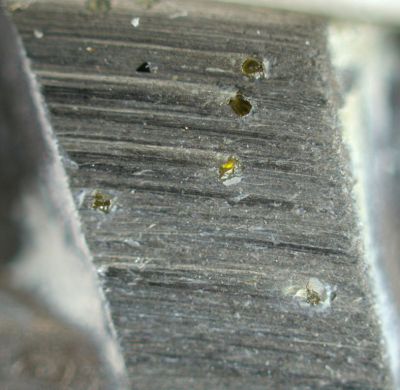Exploiting very hard materials in machine tools enhances durability, decreasing maintenance and repair costs and ensuring robustly reliable products of high quality. A novel laser-processing platform will support EU leadership in diamond-based tools.
Machining ultra-hard machine tools poses a challenge exactly because the tools are so hard and difficult to deform. In particular, producing complex 3D freeform geometries and structures is prohibitively expensive. The EU-funded
DIPLAT project is addressing this pressing need with development of a 3D pulsed laser ablation (PLA) platform.
It will enable production of functional, micro-structured surfaces on diamond and other ultra-hard materials. The technological breakthrough will put European small and medium-sized enterprises (SMEs) involved in advanced machine tool manufacturing in a global leadership position.
PLA of solids is an emerging technique garnering growing interest. Compared to conventional tools, it enables tailored choice of wavelength and pulse width according to the material and locally confined structural modification.
DIPLAT is developing the required PLA technology together with a novel multi-axis control system and a software support module utilising a computer-aided design file. The first reporting period focused on the technology and process development requirements to lead to fabrication of industrial prototype tools and benchmarking activities.
The work began with consulting end users to determine the geometries and manufacturing tasks that currently cannot be sufficiently addressed with conventional tooling. Novel PLA strategies were developed for 3D multi-axis processing of diamond and cubic boron nitride, the second hardest material after synthetic diamond and a growing choice for tooling applications. Development work was supported by an ablation model for picosecond and nanosecond PLA of diamond materials.
Scientists developed a protocol to synchronise the machine kinematics with the multi-axis scan head that rapidly marks the geometry required of the machine piece. It extends the hardware of an existing laser micromachining system.
As a result of intensive development work, the first tool prototypes have been produced and initial machining tests have been conducted. Six publications describe the work that has led to two patent applications for the novel tool designs and processing technologies.
DIPLAT is well on its way to delivery of breakthrough machining and tooling technology that will place highly specialised European SMEs at the cutting edge of an important global market.

